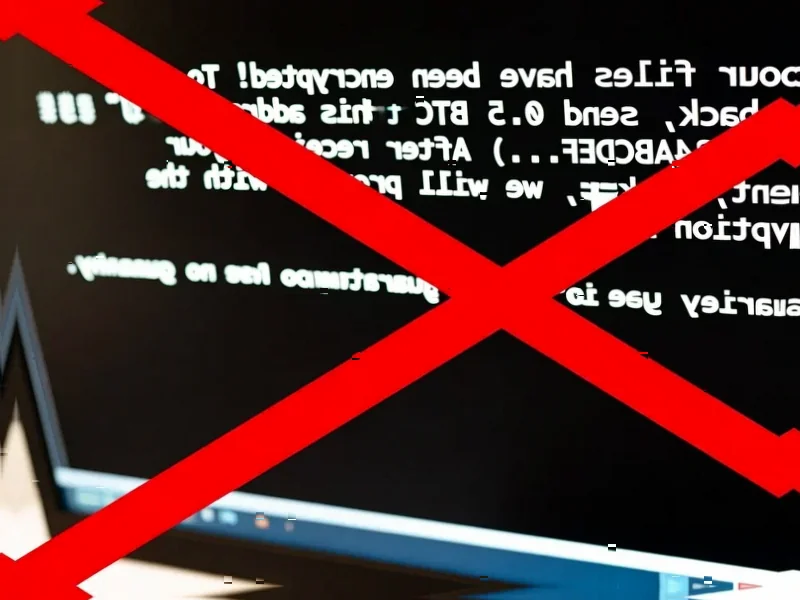According to CRN, IBM is laying off thousands of employees this quarter, targeting a low single-digit percentage of its 270,000-person global workforce. The cuts are hitting architects, engineers, AI specialists, marketing professionals, and cloud technology workers. This comes just days after Amazon revealed 14,000 layoffs affecting senior program managers and software engineers. IBM CEO Arvind Krishna has been vocal about AI replacing human work, having already automated HR roles earlier this year. Meanwhile, IBM reported Q3 revenue of $16.3 billion with 7% year-over-year growth, driven by a 15% surge in infrastructure during a mainframe refresh cycle.
The AI replacement strategy
Here’s the thing about IBM’s cuts – they’re not random. CEO Arvind Krishna has been telegraphing this shift for months. He told CNN that workers doing repetitive tasks – upwards of 10% of jobs today – are most at risk in the AI era. But he’s also claiming that increased productivity from AI should lead to more employment in certain areas. Basically, IBM is betting that automating routine work will free up resources for what Krishna calls “ultra-creative white-collar workers” and people who “actually interact with people who build trust.” The question is whether this theory plays out in practice or just becomes corporate-speak for cost-cutting.
Big Tech’s brutal year continues
IBM isn’t alone in this. We’re seeing Amazon, Google, Dell, Microsoft – basically every major tech player – conducting significant layoffs throughout 2025. And that’s after multiple rounds of cuts in previous years. The pattern suggests this isn’t just temporary economic adjustment but a fundamental restructuring of how these companies operate. They’re all chasing the same AI efficiency gains while maintaining growth narratives for investors. It’s creating this weird dichotomy where companies report solid revenue growth (IBM’s infrastructure segment grew 15% year-over-year) while simultaneously cutting thousands of jobs. Something’s gotta give eventually.
What this means for partners
For IBM’s channel partners, there’s both opportunity and concern here. On one hand, IBM wants to increase the percentage of revenue coming through partners in 2025. That could mean more business flowing to solution providers. But when you’re dealing with a company that’s actively replacing human roles with AI, you have to wonder about the long-term support and expertise available. If IBM cuts the very architects and engineers who understand their complex systems, who’s left to help partners navigate tricky implementations? The channel might find itself picking up the slack without adequate support from the mothership.
The human cost of efficiency
Look, Krishna makes a compelling theoretical argument about productivity leading to market share gains and ultimately more employment. But when you’re the architect or engineer suddenly updating your LinkedIn profile, that theory feels pretty hollow. The reality is we’re watching a massive experiment in real-time – can companies truly automate routine work while creating enough new, higher-value roles to compensate? IBM increased hiring of programmers and salespeople after automating HR jobs, but will that scale across thousands of layoffs? I’m skeptical. What seems more likely is we’re entering an era where tech companies operate leaner while expecting remaining employees to do more with AI tools. The workers caught in this transition are paying the price.




